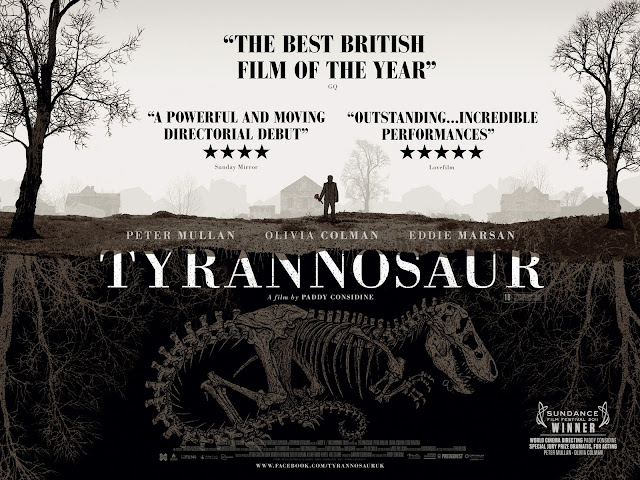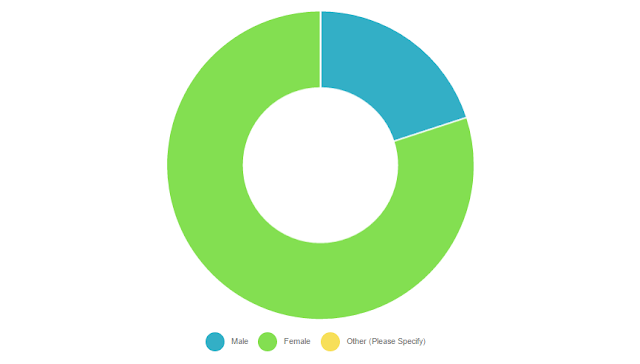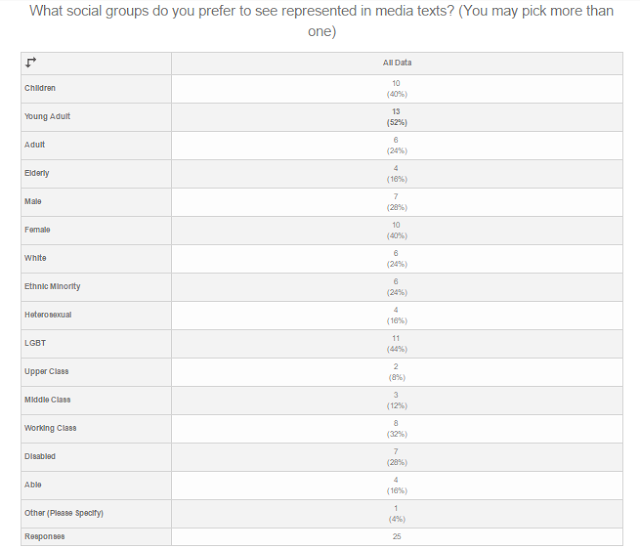The following image shows an example of a typical double page spread of reviews in a Sight and Sound magazine. I made some notes below regarding the page architecture, page elements, and stylistic features.
Page architecture
There is clear grid structure that clearly divides the different reviews, as well as the pictures and the synopses with credits. There are margins that go across the top to separate the title and main information from the blocks of writing. Viewers will be able to easily identify which review they are reading, along with the main information for the film, such as the country, the year, the director, age certificate and the run time. Furthermore, the page is split into three columns, which fits enough writing so that a single line isn't too short or too long to be able to read easily. Each review spans roughly three columns, and so the three column structure is useful in terms of accessibility and clarity. In the cases of cast and crew credits, three smaller columns are used within one regular column to keep the grid effect and three column structure consistent. Graphics are often included at least once for each review, and fit into the grid structure by lining up with the dimensions of the first, second, or third column, depending on how big it is.
Page elements
In a typical review page, there is includes the title of the film with basic information, followed by the main bulk of the review. At least one graphic is also included, which may take any place on the page as long as it fits in with the divided grid style of the overall page. To accompany each graphic, there is always a caption that anchors a tagline or a meaning to the image, and vice versa. Followed by the review and its imagery, is the credits and synopsis section, which gives a brief summary of the film and states the full cast and crew credits.
Stylistic Features
Despite the overall lack of colour, the hints of red ensure that the review pages are clearly coded and are made easy to differentiate from the other sections of the magazine, as its main purpose isn't just to review, but also to cover other film related topics. The credits and the synopsis are also colour coded in red, as they share the same page as the reviews. However, this section of the page is placed onto a grey background, to keep the minimal colour palette consistent, but also makes it easier to read and see that it is a different writing style to the review. The editor of the magazine has chosen the title of the film being reviewed to be larger and bolder than the main body of the text. Also in bold, is the name of the reviewer, and further down in the credits columns, the job titles of each person being credited. The synopsis itself also shows a difference in darkness and boldness compared to the review. The writing is fairly small to fit all of the elements across roughly one page, with the title being larger and the credits being smaller in size. The font is fairly basic in order to be accessible, and it remains consistent throughout the different pieces of writing within the page.
Synopsis
The synopses featured within Sight & Sound are often concise, as they are not the main element of the page, yet explain clearly the narrative of the film. As this is a review for a feature film, the events within the narrative are condensed to just a sentence. Overall, the language used is fairly easy to understand, with fairly accessible language which still clearly portrays the nature of the film.
Compared with the synopsis that I have begun to draft, it is a lot less detailed, with less evidence of WYSIWYG, especially in the case of reference to specific technical codes. Furthermore, there is more focus on more characters considering that feature can afford to.











































